
How can river restoration combat climate change?
16/03/20
We stand at a crossroads regarding the future of our planet. Our climate is changing; our ecosystems are suffering. If we want to slow the rate of climate change and protect the earth from further harm, we need to act. This International Day of Action for Rivers, we want to illustrate just how important river restoration is when it comes to our changing climate.
Freshwater habitats are the silent heroes of our fight against climate change. The role they play in climate adaptation and mitigation is less well known than that of trees—but who doesn’t love a mystery? When you restore rivers, the impact spreads far beyond the habitats themselves. By nurturing healthier rivers and connected catchments, our local Trusts play an incredibly important role in the future of our planet.
Although rivers lie at the heart of our local Trust's work, they drive change across the entire catchment—planting trees, creating woodlands, restoring peatland—you name it. Their work can help us combat climate change two ways: through mitigation and adaptation. Mitigation measures actively tackle the changing climate by reducing the emission or concentration of greenhouse gases in the atmosphere. Adaptation, on the other hand, refers to measures which will help us to cope with the effects that climate change will have on our environment.
If you want to find out more about the central role river restoration plays as a nature-based solution for climate change, read on.
Climate change mitigation
How do Rivers Trusts mitigate climate change through their activity? Well…
WE ARE HABITAT MAKERS
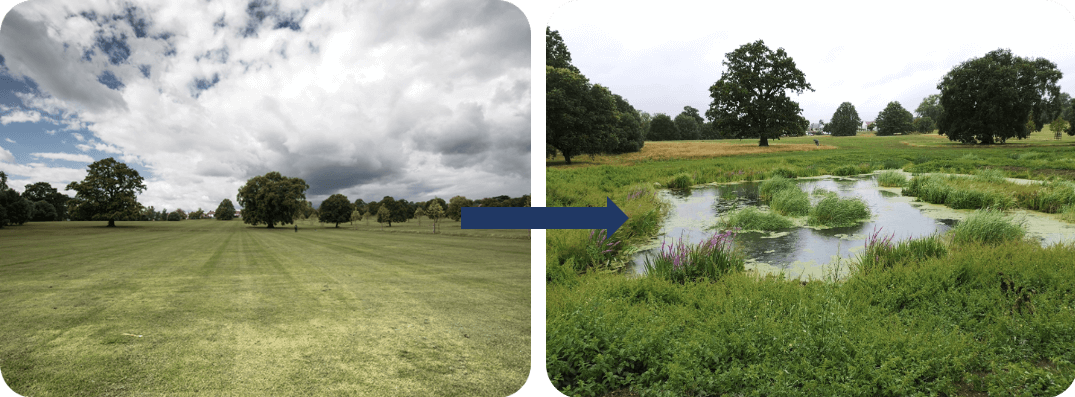
In 2018, our local Trusts created or restored 73 wetlands - but what does that have to do with climate change?
Wetlands can store huge amounts of carbon; peatlands, despite covering just 3% of the Earth’s land area, store 550 gigatons of carbon. This is twice as much as all of the forests on Earth combined. They draw down carbon dioxide from the atmosphere and store it in their soil and flora. This reduces the level of greenhouse gases in the atmosphere.
WE ARE SOIL SAVIOURS
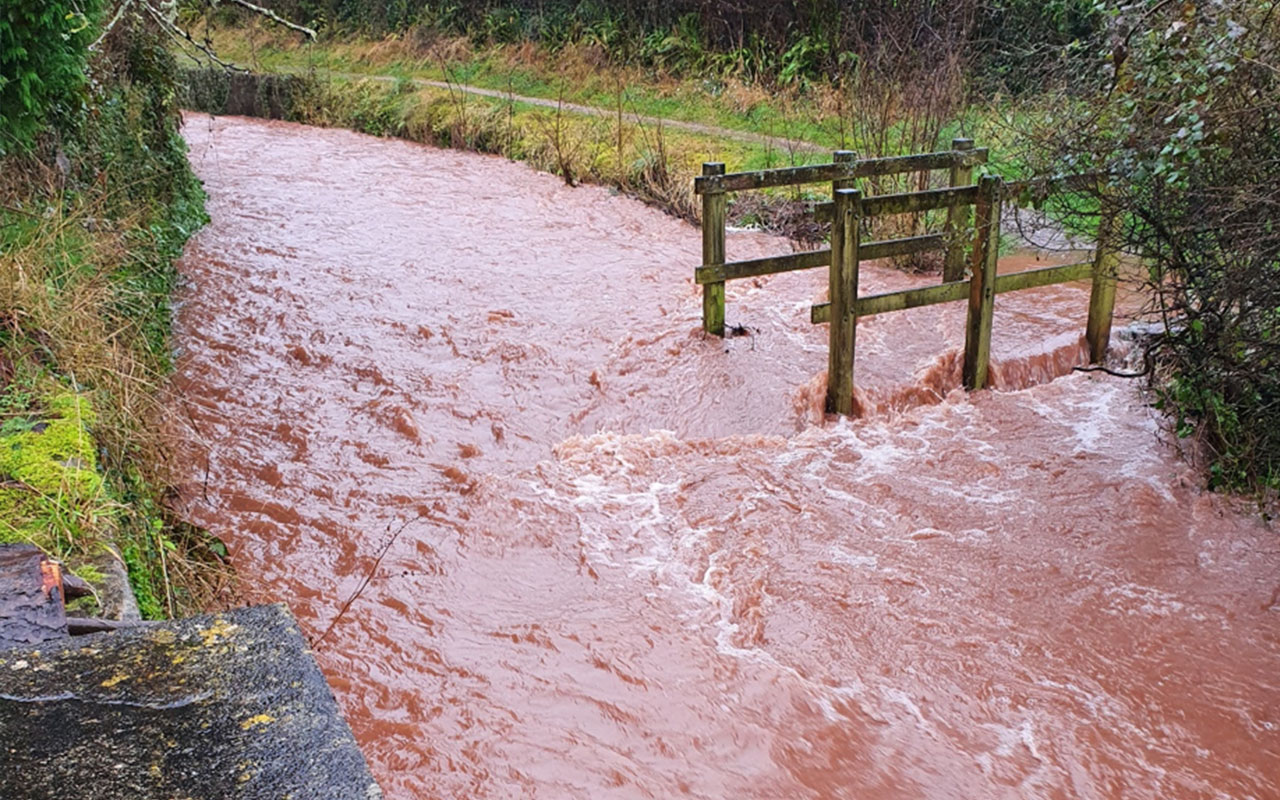
Soil is a fantastic sink for carbon. In the EU, roughly 75 billion tonnes of carbon is stored in the soil. To put this into context, the total carbon emissions of the EU in 2006 totalled 1.5 billion tonnes. It’s clear that soil provides a fantastic avenue for the mitigation of climate change.
When carbon is assimilated into the soil, it doesn’t stay there forever. Carbon can be lost from the soil through natural and anthropogenic processes. Land management can play a huge role in this; farming systems, nitrogen availability and cropping practices can all impact carbon loss. Our local Trusts help farmers to nurture healthy soil. They promote practice which enhances soil carbon sequestration and prevents the loss of soil carbon.
Peatlands in particular can store huge amounts of carbon if they’re managed properly. Our Carbon Connects programme helps to ensure that peatlands are healthy, promoting the use of sustainable practice.
WE ARE TREE PLANTERS
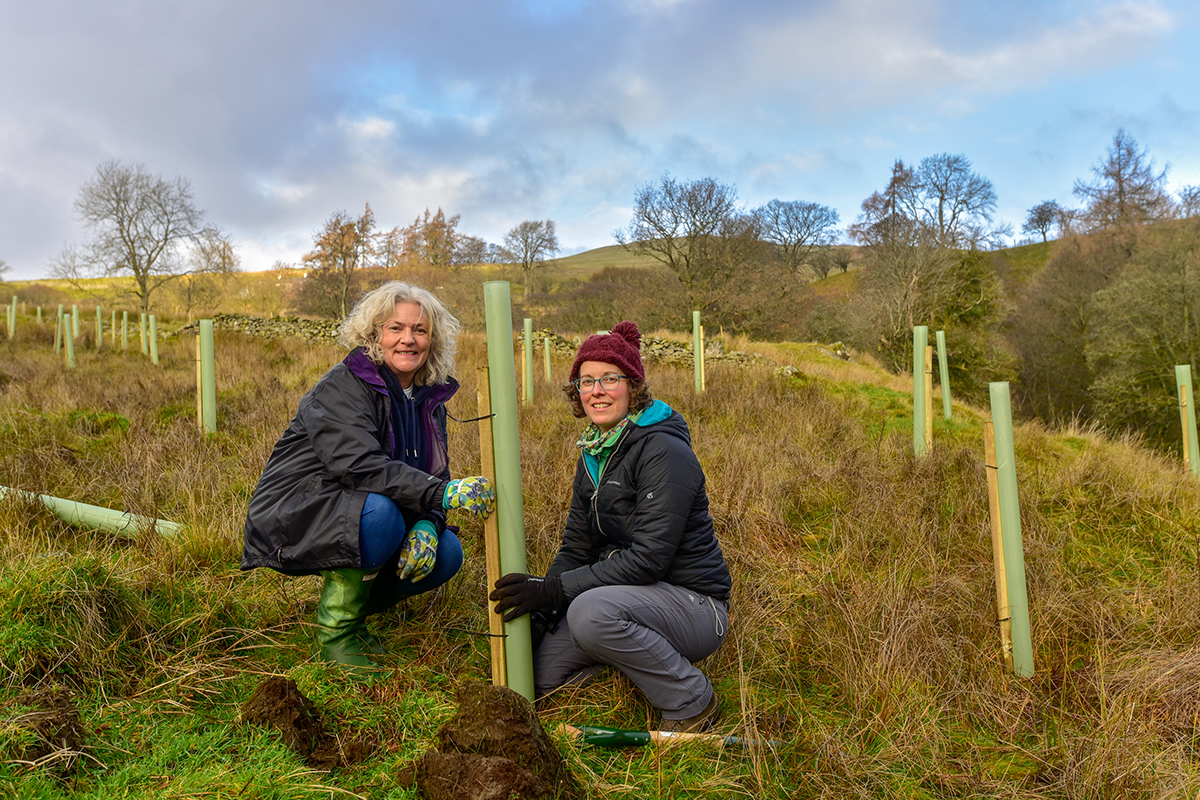
In 2018 alone, local Rivers Trusts planted 227,787 trees - one of our favourite nature-based solutions.
Trees use a process called photosynthesis to create energy. During photosynthesis, plants take in carbon dioxide from the atmosphere and release this back into the air as oxygen, following a series of chemical reactions. Trees store the carbon in their tissue, and it is only released when the tree is cut down and burnt, or when it decomposes. Planting trees enables more carbon dioxide to be drawn down from the atmosphere, reducing its warming effect.
WE ARE POLLUTION FIGHTERS
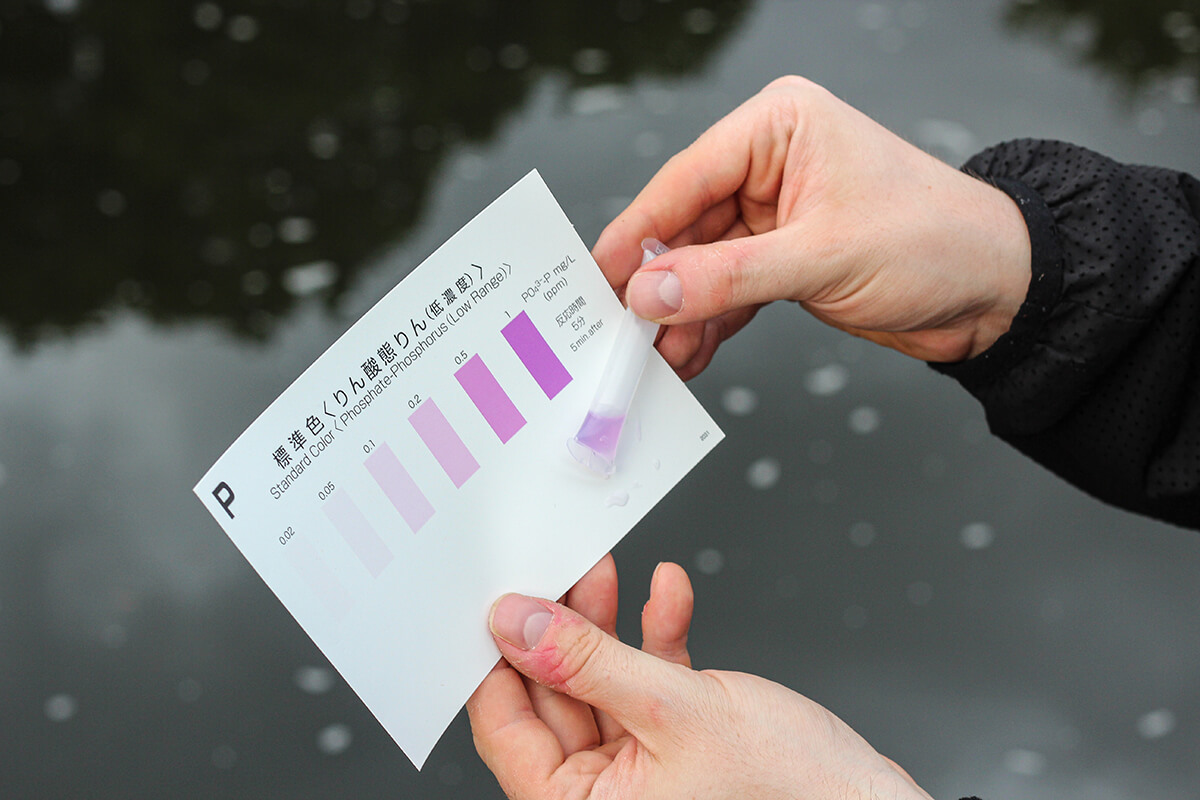
Treating water for use in our homes requires, on average, 1.1kWh (kilowatt-hours) per gallon. To put this into context, running a 60 W lightbulb for an hour uses 0.06 KWh. With the average household using 1000 gallons of water per day, the energy requirement quickly adds up! If our water is heavily polluted, it requires more energy-intensive treatment. Throughout the Rivers Trust movement, we work to improve water quality. By doing this, we can reduce the amount of energy required to treat our water.
Climate change adaptation
As well as mitigating against climate change directly, our Trusts carry out work which will help us to adapt to the changing climate. Flooding, for example, is likely to become more frequent and severe as a result of climate change. Unfortunately, we can’t do anything to prevent this from happening, but we can lessen the impact flooding has on our communities.
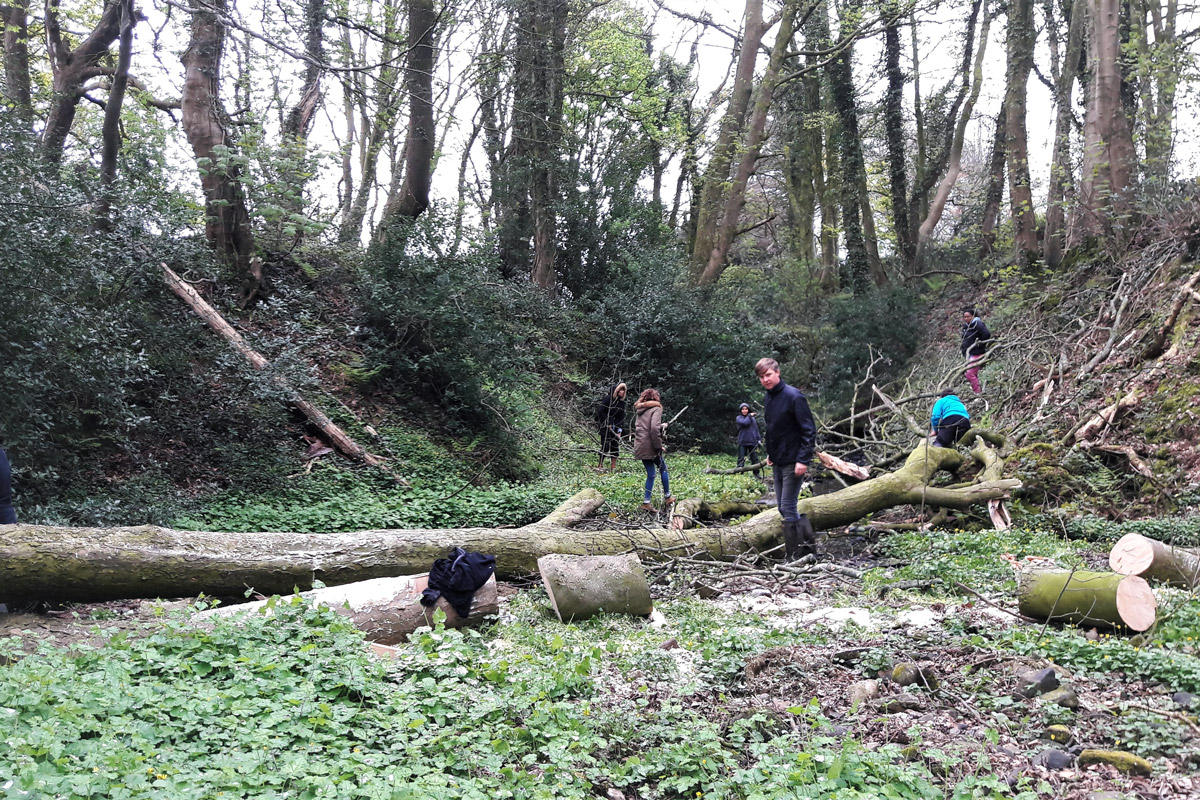
Our local Trusts implement Natural Flood Management (NFM) techniques across the country. NFM uses natural materials and processes to slow the flow of water, reducing the chance of flash flooding, as well as increasing water storage throughout the landscape. In the picture above, West Cumbria Rivers Trust are creating a leaky dam; a series of logs across the watercourse which help to slow the movement of water through the catchment. Local Trusts also help to deliver rain garden and Sustainable Urban Drainage (SUD) projects. These clever interventions help to reduce the risk of flooding in urban areas.
Tree planting is another fantastic, natural way to manage flood risk. The leaves can intercept rainfall, slowing the rate at which rain hits the ground and subsequently enters our rivers. In addition, the roots of the tree can provide channels for surface water to drain away, as well as physically absorbing water. This is also a really fun task for our volunteers to get involved with; tree planting is easy, satisfying and can have amazing impacts on the wider ecosystem. Take a look at our volunteering page to get involved, or contact us for corporate volunteering opportunities.
As well as providing direct climate change mitigation, wetlands also help us to adapt to our changing climate. By storing water during extreme rainfall events, wetlands can reduce the amount of surface water elsewhere in the catchment.
If you'd like to find out more about other methods of NFM, Yorkshire Dales Rivers Trust have some great resources.
This article has been supported by the NSR Interreg project, WaterCoG.